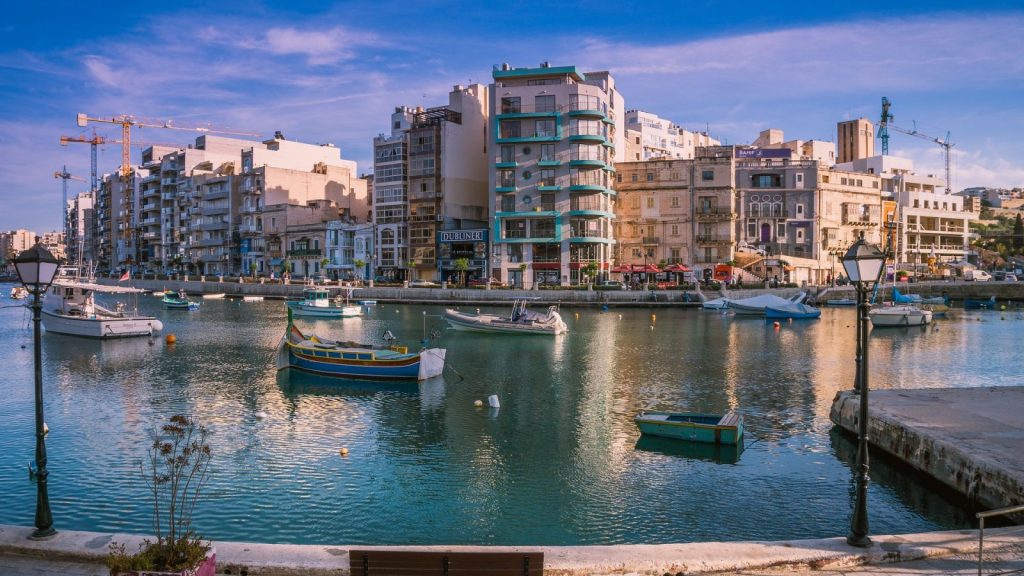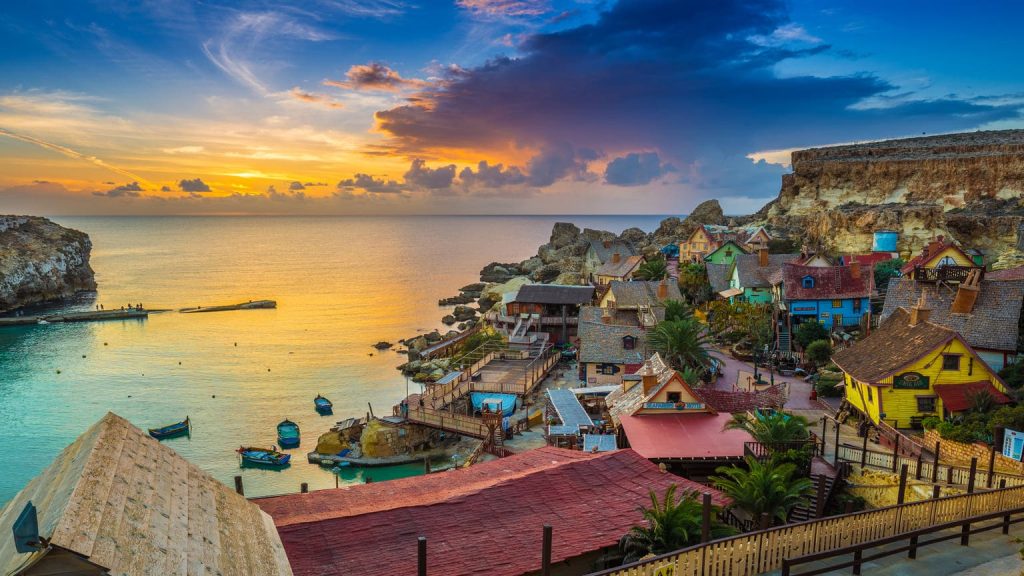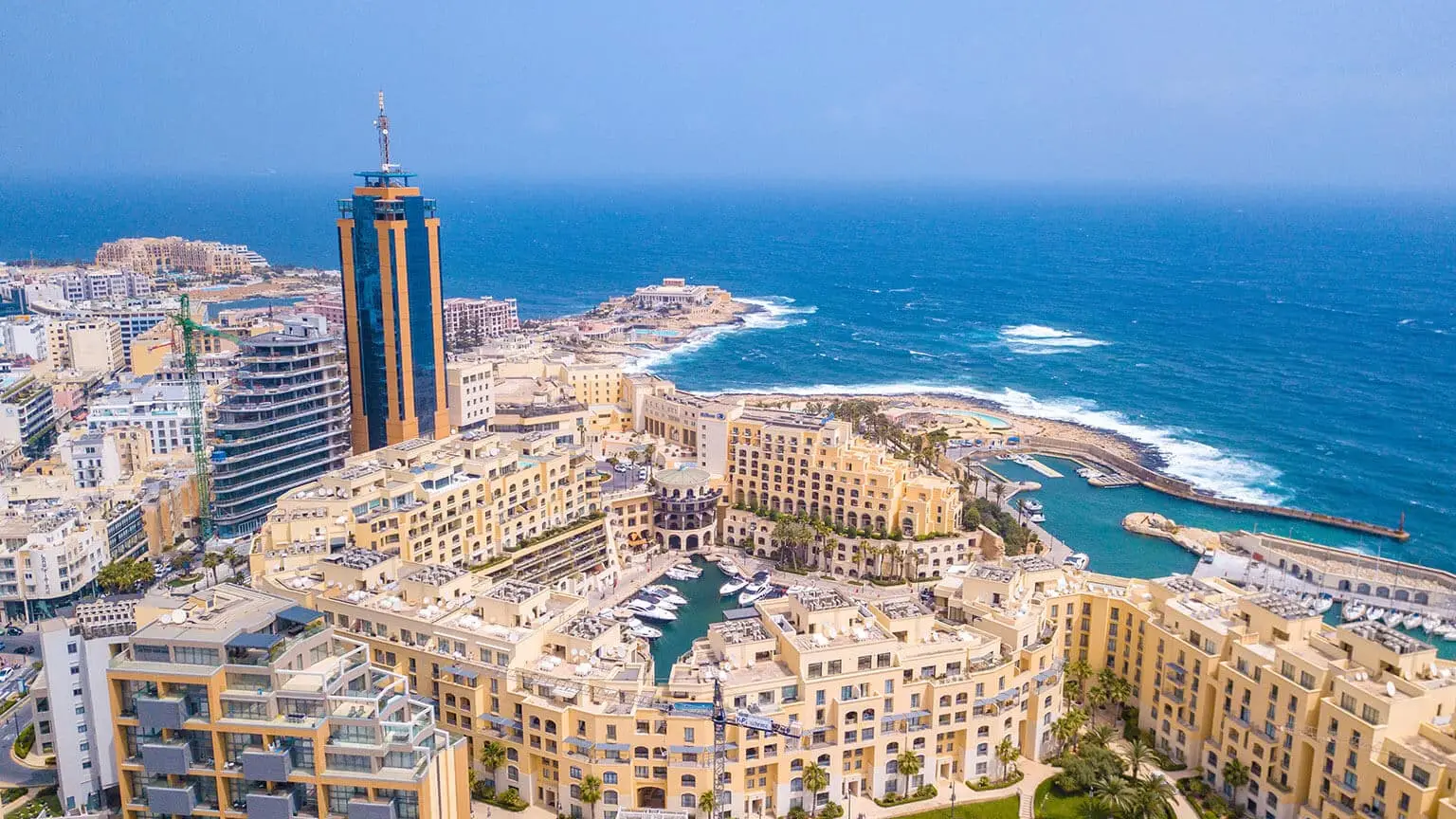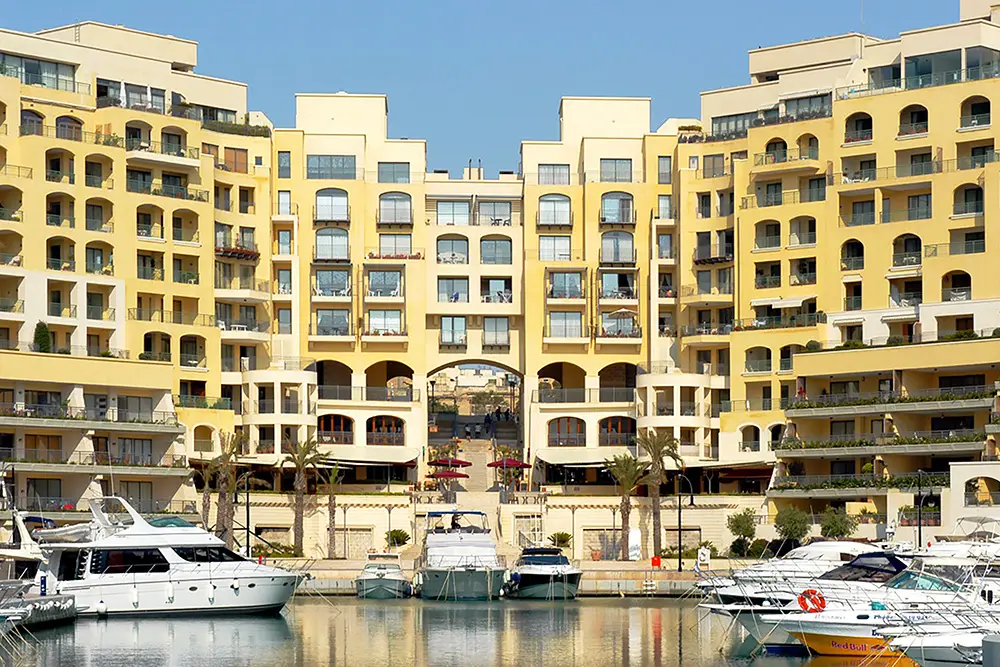Malta is a jurisdiction with a narrow territory but a wide legal corridor. A country with a population of half a million, an English-speaking administration and the right to enter EU countries without restrictions. It is these parameters that open the way for those who consider immigration as a strategic step — for the sake of access to the rights, capital, benefits and structures of the European Union.
To understand how to move to Malta for permanent residence, it is necessary to decompose the process into working points: from the format of entry and the basis to costs, deadlines and final status.
Legal reasons for requesting permanent residence: how to move to Malta
Maltese legislation allows for four grounds for permanent residence. Each format works with strict adherence to the parameters:
- An investment-based residence permit. Moving is possible in 6-8 months. Required: irrevocable payment to the public sector (from €68,000), rental of housing for a period of 5 years (cost — from €12,000 / year), contribution to a charitable foundation (about €2,000).
- A business in Malta with a permanent representative office. Opening an LLC (minimum share capital — €1,200), conducting business, paying taxes. Obtaining permanent residence depends on the stability of income and jobs.
- A tax resident based on the economic center of life. The condition is accommodation for at least 183 days a year, rent or purchase of housing, absence of tax residence in third countries.
- Malta for investments under a special program. In fact, it is equivalent to economic citizenship, but with a delayed deadline. It requires larger amounts — from €600,000 and above.
How to move to Malta for permanent residence is to choose a foundation supported by stable documents and a transparent source of funds.
Financial issue: costs and profitability when moving
 No format allows for a complete absence of costs. And permanent residence in Malta requires a systematic approach to the budget. The costs are divided into mandatory, infrastructural and operational.
No format allows for a complete absence of costs. And permanent residence in Malta requires a systematic approach to the budget. The costs are divided into mandatory, infrastructural and operational.

Basic amounts:
- Government fees range from €3,000 to €40,000 (depending on the basis).
- Rental costs from €1,200 to €3,000 per month (depending on the location, for example: Sliema — €1,850, Mdina — €2,400).
- Utility costs are on average €110 per month for a 2-room apartment.
- Medical insurance with coverage from €30,000 — from €500 per year.
- Consulting and legal services — from €5,000 to €20,000.
How to move to Malta for permanent residence — provide a minimum of €90,000-120,000 for the first 12 months, including housing, registration, accommodation, insurance, account maintenance and initial contributions.
Documents and procedures: how to move to Malta for permanent residence
The stages do not fit into the “submitted — received” scheme. Every step requires active action.
The structure of the migration process:
- Package preparation — transfers, notarization, bank statement, tax reporting.
- Preliminary approval — submission through a registered agent, verification of the source of capital.
- Registration of the address — rental housing, registration in the communal database.
- Biometrics — fingerprint recording, photo, visit to Valletta Identity Unit.
- Obtaining a resident’s card is a document with the right to live, work, and travel in the Schengen area.
You will need to pass a capital purity check, prepare legal channels for transfer in advance, and reserve real estate.
Rent or purchase of real estate — calculation in the conditions of 2025
Real estate in Malta is physically limited: the island, dense buildings, demand from foreigners. This creates a stable price even in a crisis.:
- Rent in Zone. Apostille-1,900, 1,200.
- Purchase in the center — from €3,200 per m2, in the northern zone — from €2,300.
The purchase gives the right to obtain the status of an EU resident in a simplified manner. At the same time, it is not considered a guarantee itself — a combination of factors is required: tax transparency, a source of funds, and the absence of debt relations.
Taxes, reporting, and Residency: Post-relocation realities
Malta does not require automatic recognition of tax residency upon obtaining permanent residence. But for stays of more than 183 days per year, the system qualifies the person as a tax resident of the country.
Taxes:
- Income tax is progressive, from 0% to 35%.
- There is no tax on real estate, but a stamp duty is charged (starting from 5%).
- The profit margin is 35%, while the system allows a refund of up to 6/7 when structured through a Maltese company.
- VAT — 18%.
How to move to Malta for permanent residence is to predict tax behavior in advance, eliminate double taxation, and use the tax agreement between the countries.
Program, Benefits, and Citizenship: what does Malta offer in the long run
Malta’s immigration policy is based on structural motives. Each category of residence permit provides specific opportunities, but only the permanent residence program provides stable status with the right to permanent residence, simplified access to citizenship and the right to use all EU functions.
The system requires the approval of economic participation. The options are investments in the economy, rental of real estate, and participation in charity. The program allows for a family, but adds costs: each family member is assessed by the system as an individual participant.

Structural examples:
- Applicant: the main payment is €68,000, a rental contract for at least 5 years.
- Spouse: an additional contribution of €7,500.
- Minor children: €5,000 each.
The guaranteed period of stay is indefinite. The renewal of the card only requires confirmation of the address and the absence of debts. How to move to Malta for permanent residence is to use the flexibility of the program and plan a long—term presence in advance with the possibility of evolving into citizenship.
Maltese citizenship is a window to the EU and Schengen
After 5 years of permanent residence, a resident can apply for Maltese citizenship. In this process, the system takes into account:
- Integration level;
- no criminal record;
- tax discipline;
- stability of income sources.
Maltese citizenship provides legal access to:
- 27 EU countries;
- visa-free Schengen zone;
- United Kingdom (under agreements until 2020);
- USA, Canada, Japan visa-free for up to 90 days.
How to move to Malta for permanent residence and how realistic is it to live in the system
The status does not allow automatic adaptation. Moving requires inclusion in the daily environment. Malta’s infrastructure is compact, but it requires language skills, an understanding of logistics, and a willingness to deal with bureaucracy.
Schools, transport, medicine, services — everything is available, but with the availability of documents, schedules, queues.
Examples:
- City transport — Tallinja card, travel €26 per month.
- Public health is based on the NHS principle: when registering in the system, coverage is basic, for an extended package — insurance starting from €400/year.
- Private clinic: therapist’s appointment — from €35, tests — from €50.
How to move to Malta for permanent residence is not only to issue a card, but also to integrate into the system: bank, clinic, store, service. Each link will require documentation, a tax number, and an understanding of local standards.
Key steps for a successful move
For a systematic approach, it is important not to spray. How to move to Malta for permanent residence — take it step by step:
- Choose the basis for the move — investments, business, economic center.
- Prepare a financial structure — bank accounts, documentary evidence.
- Reserve a property for a period of at least 5 years (or make a purchase).
- Collect and apostill documents: passports, certificates, translations.
- Apply through a registered intermediary.
- Confirm the address, go through biometrics, activate the resident card.
- Set up taxation and reporting in the Inland Revenue Malta system.
- Register in the medical system and get a Tallinja card.
- Arrange accommodation for the whole family, get separate IDs.
- Within five years, confirm the location, avoid fiscal violations and prepare a citizenship package.
Conclusion
 Moving to Malta is an infrastructural decision with implications in taxes, citizenship, business and lifestyle. Each step requires calculation, understanding, and precise coordination. Malta provides access to the EU, the Schengen area, and the mechanisms of the international economy. But it requires transparency, sustainability and a competent approach. Mistakes in documents, chaotic behavior, haste with real estate — each of these moments can negate efforts and invested funds. How to move to Malta for permanent residence is to think not as a migrant, but as a strategist who changes jurisdiction not for the sake of climate, but for the sake of a new model of life.
Moving to Malta is an infrastructural decision with implications in taxes, citizenship, business and lifestyle. Each step requires calculation, understanding, and precise coordination. Malta provides access to the EU, the Schengen area, and the mechanisms of the international economy. But it requires transparency, sustainability and a competent approach. Mistakes in documents, chaotic behavior, haste with real estate — each of these moments can negate efforts and invested funds. How to move to Malta for permanent residence is to think not as a migrant, but as a strategist who changes jurisdiction not for the sake of climate, but for the sake of a new model of life.
 en
en  ru
ru  de
de  ar
ar  es
es  hi
hi  fr
fr  nl
nl  it
it  pt
pt  el
el 



